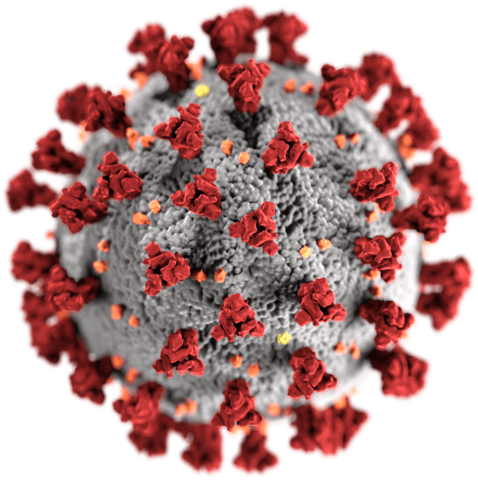Progress towards overcoming the Covid-19 pandemic must include a recovery strategy for public transport. Warnings from the Westminster Government against using public transport has seen bus and rail travel plunge by 95%. But before the Covid-19 outbreak, government policy correctly recognised the key role that public transport has in fighting against the other major threats to humanity: CO2 emissions, air pollution (which like covid affects the lungs), and road congestion. These threats will continue after the current health emergency has subsided.
The collapse of public transport use is creating a funding crisis. The Scottish Government has advanced £250M of extra support to ScotRail, whose pre-covid operation was already in serious deficit. Bus operators are losing money and will need extra subsidy from cash-starved local councils. Edinburgh Trams and Glasgow Subway have also lost custom. Until Covid-19 drops to a manageable level with less social distancing, restricted carrying capacity means all bus services are unviable.
The move towards walking and cycling following the lockdown has been very welcome. Road schemes encouraging this should be prioritised. But many journeys can’t be made on foot or by bike. Maintaining a comprehensive public transport network is essential for the 30% of households with no car. It is also essential for getting back to work while avoiding car gridlock and pollution.
Future viability and demand for public transport will be adversely affected by lockdown travel trends which are likely to continue to some extent into the post-lockdown era:
- More walking and cycling could cut short distance journeys by bus
- Working from home will reduce bus and rail commuting
- Greater use of video-conferencing will reduce business travel
- International tourism may take years to rebuild, though domestic tourism is likely to increase
The Scottish Association for Public Transport (SAPT) therefore recommends a 7-point strategy to the Scottish Government to recover public transport use and viability as the lockdown relaxes:
- Fully integrate bus and rail services to create a co-ordinated national transport network, ensuring that communities across Scotland in the post-covid era will continue to have access to a guaranteed level of public transport, independent of local authority funding difficulties.
- Avoid duplication of subsidised train and bus services and provide good bus/train connections to limit the escalation of bus and rail support costs now being faced by the taxpayer.
- Limit concessionary bus travel to off-peak hours to leave space for commuters at busy times
- Encourage employers to stagger working hours to cut peak overcrowding on trains and buses
- Review rail timetables to improve viability while maintaining seating capacity on main routes
- Replace paper tickets with smartcards and mobile tickets to phase out the health risks and costs inherent in handling money and paper tickets
- Research safe social distancing on public transport. Denmark has reduced social distancing provided rail passengers are facing in the same direction, rather than facing each other.
SAPT commends this strategy to the Cabinet Secretary for Transport. Our recommendations aim to establish a sustainable public transport network which is essential for achieving the Scottish Government’s key long-term objectives of zero carbon emissions and social inclusion.
